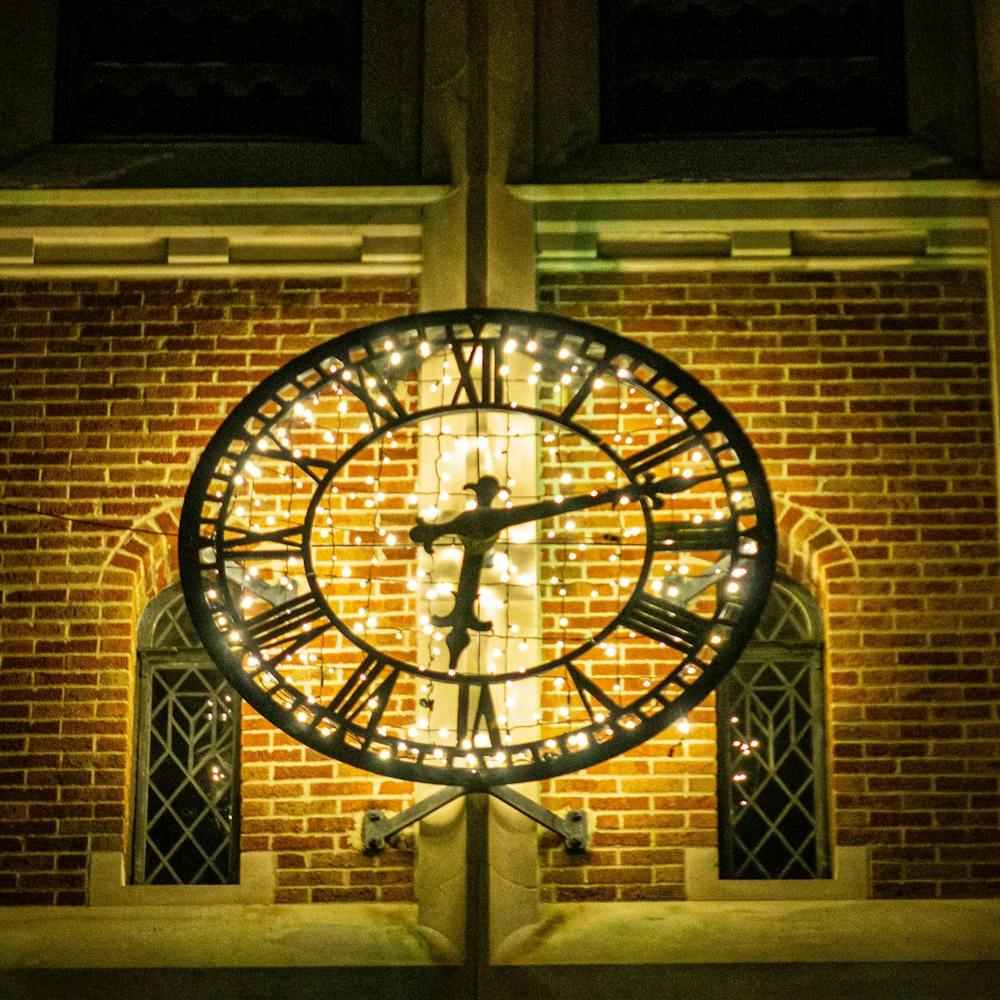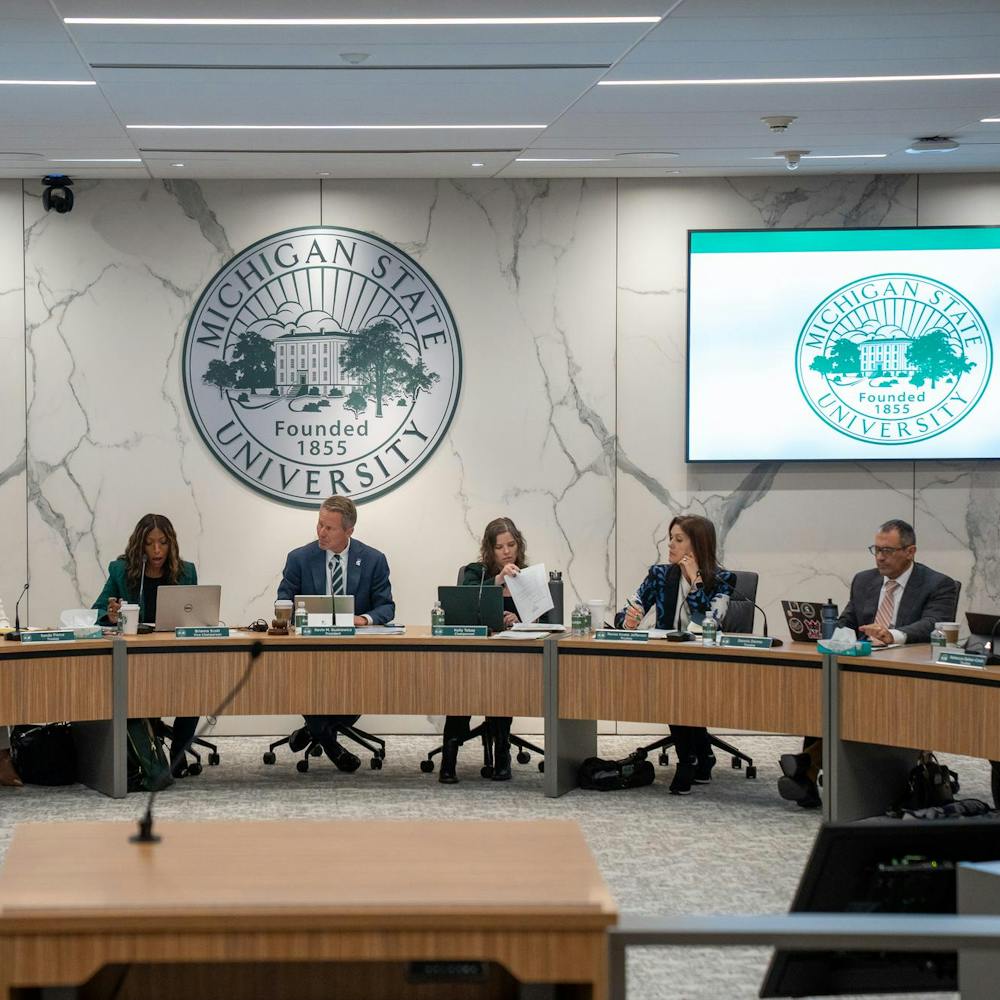Editor’s Note: Views expressed in guest columns and letters to the editor reflect the views of the author, not the views of The State News.
President Barack Obama is a busy man. Last week, he delivered the State of the Union address prior to traveling to a factory in North Carolina, speaking to a pre-kindergarten class in Georgia, meeting with Italian President Giorgio Napolitano in Washington D.C. and presenting 18 Presidential Citizens Medals. Obama then flew to Chicago to discuss policies presented in the State of the Union, and now is in Florida playing golf and taking a couple days off.
While he is there, maybe looking at Supreme Court appointment strategy would not be such a bad idea.
Through the Supreme Court, President Obama holds power previously unseen in modern American politics.
Throughout the 112 justice history of the Supreme Court, a new trend is emerging — justices are retiring at a much older age.
From 1940 to 1971, the average term served by a justice before retiring was 12.2 years. From 1971 to 2000, the average term served has jumped staggeringly to 26.1 years — a 214 percent increase. Longer time served on the court has brought the average age of retirement up from 69 in 1970 to 79 today.
With judges now serving longer terms that stretch further into old age, the power the president has to appoint carries even greater importance.
The two most recent judges to retire did so at 90 — Justice John Paul Stevens— and 75 — Justice Sandra Day O’Connor. If the president appoints relatively young judges of his political liking, they reasonably can be expected to remain in service for 20 years.
Although a justice’s official job description prohibits actively promoting a political agenda, it is well understood certain justices support some constitutional outlooks more than others.
Supreme Court justice appointment is a more subtle way for presidents to give their political outlook longevity beyond their limited terms.
Month after month, case after case, the court defines and reinforces the framework of every institution of our society.
The current composition of five justices appointed by Republican presidents and four by Democratic presidents has created one of the most entertaining and unpredictable courts in recent memory.
Two appointments by Ronald Reagan remain, one by George H.W. Bush, and two each for Bill Clinton, George W. Bush and Obama.
It is likely all of this soon will change drastically, giving Obama unprecedented influence over the present and future of the court.
Of the nine justices, four are 74 years old or older. Reagan appointed Antonin Scalia and Anthony Kennedy, both of whom are 76. Clinton appointed Ruth Bader Ginsburg and Stephen Breyer who are 79 and 74, respectively.
If the average age of retirement remains 79, Obama is on the verge of exerting a power over the court unprecedented in modern America.
By the time Obama’s second term comes to a close, it is very possible he will have appointed five or even six of the nine justices — all of them likely to serve more than a decade past his presidency.
Beyond that, it is even more likely that when Obama leaves office, six justices will have been appointed by Democrats and three by Republicans.
The court has been warming up so far in 2013.
Last month, the court ruled on the rights of the detained in petitioning for competency determination (Ryan v. Valencia Gonzales) as well as the statute of limitations regarding businesses challenging for federal Medicaid reimbursement (Sebelius v. Auburn Regional Medical Center).
Support student media!
Please consider donating to The State News and help fund the future of journalism.
So far this year, the cases presented have not been the type to spark national media interest, but, like the judges’ ruling on the decisions, this likely soon will change.
The topics of the cases anxiously awaiting to be heard before the court range from a variety of topics sure to spark national interest.
There are the obvious: two enormous same-sex marriage cases (U.S. v. Windsor and Hollingsworth v. Perry), continued challenges to the Affordable Care Act and a possible revisiting of Citizens United.
The legality of patenting human gene sequences faces long-waited attention in Association for Molecular Pathology v. Myriad Genetics. Fisher v. University of Texas will finally take affirmative action out of the hands of state courts that seem to rarely reach any finality.
Voter identification laws requiring photo identification are being challenged in Shelby County v. Holder.
A lesser-known case, Maryland v. King, will rule on whether the Fourth Amendment shields citizens from warrantless DNA testing.
Obama already has appointed two Supreme Court justices. It cannot be said with any certainty when the current four elder justices will retire, but the average indicates soon.
Obama’s re-election almost assures he will see two to four more appointment opportunities.
The most under-discussed and, perhaps, most lasting influence of Obama will be in the Supreme Court.
It is the timing of his re-election that gives the most powerful man in the world a whole new source of power.
Tyler Gross is a guest columnist at The State News and a social relations and policy junior. Reach him at grosstyle@msu.edu.
Discussion
Share and discuss “Longer justice terms give president more power” on social media.







